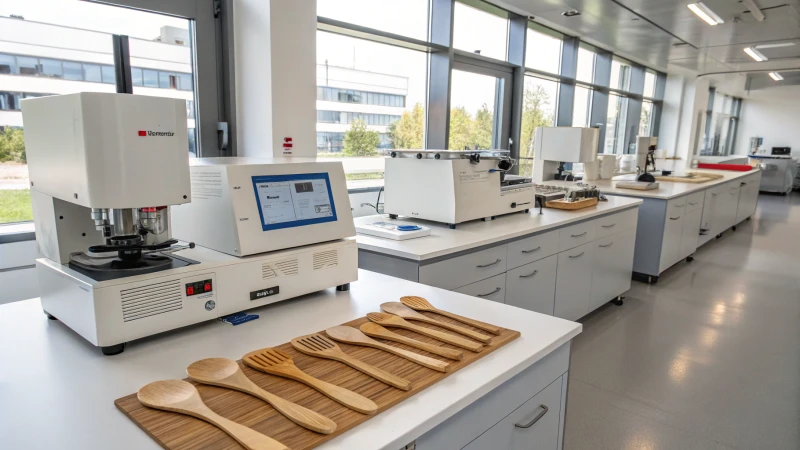
Ever wondered how your eco-friendly wooden cutlery can withstand your piping hot soup or a hearty steak?
Tests like Dynamic Mechanical Analysis (DMA), nano-indentation, and Differential Scanning Calorimetry (DSC) play a crucial role in ensuring the strength, hardness, and heat resistance of disposable wooden cutlery. These tests verify that the cutlery is robust, safe for use, and can endure everyday dining conditions.
I remember the first time I questioned whether my wooden fork would handle my partner's infamous lasagna—a recipe that seemed to challenge even the sturdiest utensils. That's when I dove into understanding these testing processes. By ensuring that wooden cutlery can withstand various stresses, these tests not only reassure me as a consumer but also bolster the reputation of brands committed to sustainability. It's fascinating how science ensures our dining experiences are both eco-friendly and reliable.
DMA tests assess the heat resistance of wooden cutlery.False
DMA tests primarily evaluate mechanical properties, not heat resistance.
Nano-indentation measures the hardness of wooden cutlery.True
Nano-indentation is a technique used to measure material hardness.
How Does Dynamic Mechanical Analysis Affect Cutlery Durability?
Imagine being able to predict how your favorite fork or knife will hold up over countless meals. Dynamic Mechanical Analysis (DMA) lets us do just that, ensuring our cutlery stays reliable and resilient.
Dynamic Mechanical Analysis (DMA) evaluates cutlery durability by analyzing material elasticity and resistance to stress. This analysis helps predict how cutlery withstands wear and deformation over time, ensuring high-quality performance.
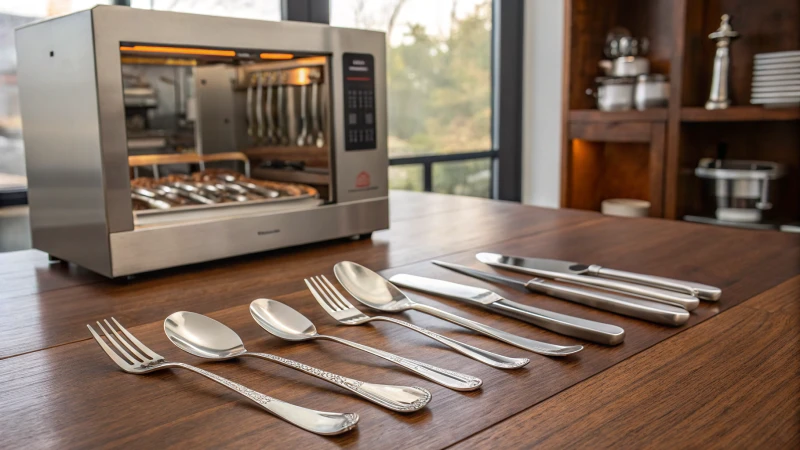
Understanding Dynamic Mechanical Analysis
Have you ever wondered how your trusty cutlery manages to stay intact after all those dinner parties and family gatherings? Dynamic Mechanical Analysis, or DMA, plays a key role in this mystery. It's a fascinating technique that helps us understand the mechanical properties of materials used in everyday items like forks and knives. I remember the first time I encountered DMA during a college lab experiment; it was like peeking into the future of materials, predicting how they'd behave under stress, temperature shifts, and other dynamic conditions.
Material Elasticity and Stress Resistance
One of the coolest things about DMA is how it sheds light on material elasticity—essentially, how well a material can bounce back to its original shape after being bent or deformed. This is super important for cutlery because, let's face it, nobody wants a bent spoon halfway through their soup! DMA doesn't just stop at elasticity; it also checks how tough the material is against regular use stress. You could think of it as putting your cutlery through an extreme workout regime and seeing if it can still perform at its peak.
| Property | Description |
|---|---|
| Elasticity | Ability to return to original form post-deformation |
| Stress Resistance | Capacity to withstand applied force without failure |
Predicting Long-Term Performance
Using DMA is like running a crystal ball over your cutlery to foresee its long-term performance. I once worked with a team that had to simulate various dining environments to see how different materials reacted. It was eye-opening to see how temperature changes could affect performance—something most of us don't even think about during a meal. This kind of insight is invaluable for innovators looking to improve cutlery design1 and choose the best materials for longevity.
Applications in Sustainable Practices
For those like me who are passionate about sustainability, DMA offers another layer of excitement. It helps manufacturers choose materials that are not only durable but also eco-friendly. Imagine reducing waste simply by selecting the right material from the start! This approach doesn't just align with green initiatives—it also meets the growing demand for sustainable products among consumers who care about their environmental footprint. By using DMA data, manufacturers can fine-tune their processes, making resource use more efficient.
For anyone interested in sustainable sourcing2, DMA provides valuable insights into the mechanical properties of eco-friendly materials. It's reassuring to know that even when we opt for sustainable cutlery, we're not sacrificing durability—a win for both the planet and our peace of mind.
DMA measures cutlery elasticity under stress.True
DMA evaluates how well cutlery materials return to shape after deformation.
DMA cannot predict cutlery performance in varied environments.False
DMA simulates real-life conditions to predict long-term performance.
How Does Nano-Indentation Accurately Measure Hardness?
Ever wondered how scientists can tell how tough a tiny piece of material really is?
Nano-indentation accurately measures hardness by pressing a sharp tip into a material's surface, applying precise force, and recording the indentation depth, ideal for small-scale materials.
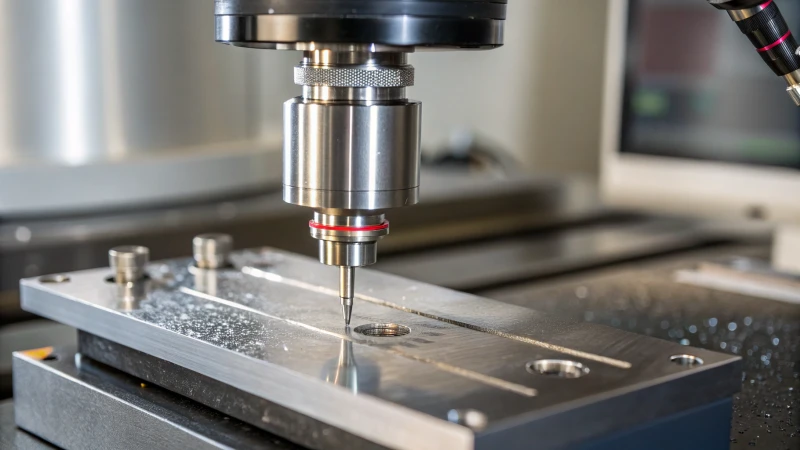
Understanding Nano-Indentation
Imagine pressing the tip of a pencil into a soft rubber eraser to see how deep it goes—that's nano-indentation, but on a microscopic level. When I first learned about this technique, I was fascinated by how something so tiny could reveal so much about a material's strength. The process involves using a diamond-tipped indenter to apply force on a material's surface while measuring the resulting indentation. This gives us insights into properties like hardness and elasticity, especially useful for delicate or minuscule materials.
The Nano-Indenter Setup
Remember when you were a kid, playing with one of those claw machines at the arcade? Well, a nano-indentation setup kind of reminds me of that, but instead of grabbing toys, it's all about precision. Here’s what the setup includes:
| Component | Function |
|---|---|
| Indenter Tip | Contacts and deforms the material |
| Load Control System | Applies precise force |
| Depth Measurement | Records indentation depth |
| Data Analysis | Calculates material properties |
The indenter's geometry is crucial—kind of like choosing the right tool for the job. A Berkovich tip3, with its unique shape, offers high resolution and helps us dive deeper into the material's properties.
Factors Influencing Accuracy
When it comes to accuracy, I think about it like baking: a slight change in temperature or ingredient measurement can alter your cake. Similarly, factors like surface roughness and thermal drift can skew nano-indentation results. Just as in baking, consistency is key, so calibration and environmental controls are vital.
- Surface Roughness: Affects initial contact detection.
- Thermal Drift: Can cause measurement errors over time.
- Material Anisotropy: Variations in material properties can lead to inconsistent results.
Calibration and environmental control are essential for minimizing these variables, ensuring that the readings are both precise and repeatable.
Applications in Various Industries
Industries ranging from electronics to biomedical fields utilize nano-indentation to assess materials at a micro-scale. Picture this: in electronics, it's like checking if the protective coating on a smartphone can handle daily wear and tear. In biomedical research, it's akin to understanding how soft or firm our tissues are—crucial for developing prosthetics or implants.
For example:
- In electronics, evaluating the hardness of protective coatings ensures longevity and durability under operational stress.
- In biomedical research, determining mechanical properties aids in developing prosthetics and implants.
Challenges and Considerations
Despite its precision, nano-indentation has its challenges. Interpreting data from heterogeneous materials can be as tricky as reading a book in an unfamiliar language. Advanced software tools come in handy here, akin to having a translation app on your phone. They help refine our understanding of how materials behave under stress through finite element analysis4.
Nano-indentation truly is an amazing tool for unlocking the secrets of materials, supporting innovations across various fields. It's like having a magnifying glass for material science—helping us see what we couldn't with the naked eye.
Nano-indentation uses a diamond tip for testing.True
Diamond tips are used due to their hardness, ensuring accurate indentation.
Berkovich tips have a four-sided pyramidal shape.False
Berkovich tips actually have a three-sided pyramidal shape for high resolution.
Why is Differential Scanning Calorimetry Important for Heat Resistance?
Have you ever wondered how we keep materials reliable in extreme heat? Let’s dive into the magic of Differential Scanning Calorimetry (DSC).
Differential Scanning Calorimetry (DSC) is essential for understanding a material's heat resistance by analyzing thermal transitions like melting and glass transitions. This information helps predict material behavior in various thermal environments, ensuring safety and reliability in fields like pharmaceuticals and material science.
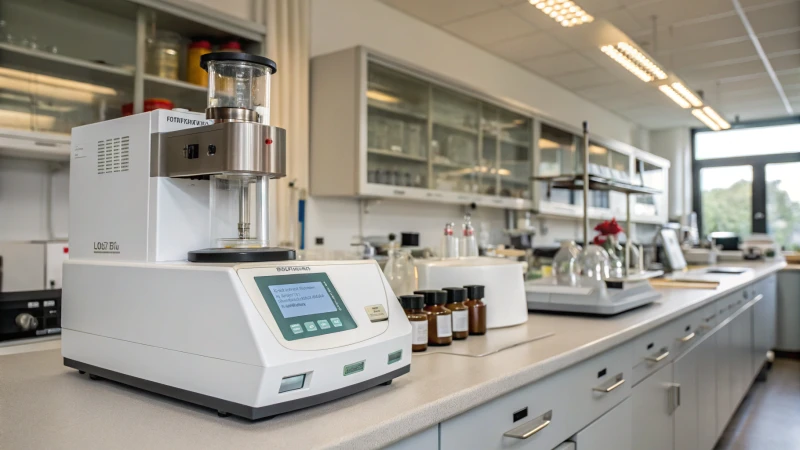
Understanding the Basics of DSC
I remember the first time I encountered Differential Scanning Calorimetry (DSC) during my early research days. It was like unlocking a secret code to understanding how materials respond to heat. DSC measures changes in a material's heat capacity as temperature shifts, revealing critical phase transitions, such as melting or crystallization. This insight is invaluable, especially for industries where precise thermal property control is non-negotiable.
How DSC Measures Thermal Transitions
Imagine heating a sample while watching its every reaction. That's essentially what DSC does. It heats a sample alongside a reference under meticulously controlled conditions, tracking heat flow to pinpoint endothermic and exothermic events, like melting or decomposition. This process results in a graph showing heat flow against temperature, providing a vivid picture of the material's behavior5 across different temperatures.
Applications in Material Science
In material science, grasping a material’s heat resistance is akin to understanding its very essence. I’ve seen how DSC empowers scientists to pinpoint the glass transition temperature (Tg) of polymers—key to their structural integrity. Such data is crucial when designing materials intended for high-temperature environments.
| Material | Glass Transition Temperature (Tg) |
|---|---|
| Polyethylene | -125°C |
| Polystyrene | 100°C |
| Polycarbonate | 150°C |
Importance in Pharmaceutical Industry
In pharmaceuticals, DSC is like a crystal ball for drug stability, identifying potential degradation pathways through thermal transitions. This ensures medications remain safe and effective throughout their shelf life. I’ve worked with formulations where DSC guided us in optimizing excipient interactions at various temperatures.
Enhancing Product Reliability with DSC
Integrating DSC into product development has been a game-changer in my projects. It allows us to simulate stress distribution within materials via Finite Element Analysis6, ensuring our products perform optimally under harsh conditions. This capability is vital in sectors like aerospace and automotive engineering.
Explore more about these fascinating applications and the science behind them to see how DSC fuels innovation across various fields.
DSC measures a material's heat capacity changes.True
DSC tracks heat capacity changes with temperature to analyze thermal transitions.
DSC is not used in the pharmaceutical industry.False
DSC assesses drug stability and degradation pathways, crucial in pharmaceuticals.
How Does Finite Element Analysis Improve Product Reliability?
Ever had that moment where you wonder how things work so perfectly? Dive into the world of Finite Element Analysis (FEA) to see how it keeps our products reliable and safe.
Finite Element Analysis (FEA) enhances product reliability by simulating real-world conditions to pinpoint stress points and optimize design before physical testing, reducing costs and improving safety.
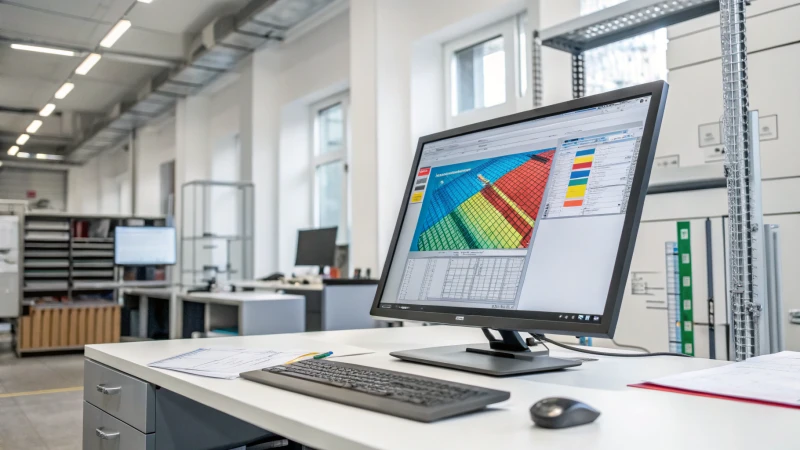
Understanding Finite Element Analysis
You know those times when you're trying to make something perfect and wish you could see into the future to avoid any mishaps? That's exactly what Finite Element Analysis (FEA) does for engineers. It's like having a crystal ball for predicting how a product will behave under various conditions. By breaking down complex structures into smaller elements, FEA helps engineers spot weaknesses7 that might cause a product to fail. This is super important in industries like automotive, aerospace, and consumer electronics, where the stakes are high.
Benefits of FEA in Product Development
-
Stress Distribution Analysis
Imagine building a car and wanting to know how it holds up in a crash before it actually happens. FEA lets designers visualize stress distribution across a product, so they can reinforce those critical areas without overusing materials. It's like giving your product a suit of armor precisely where it needs it.
-
Thermal Analysis
Remember that time your phone overheated in the sun? Products need to handle temperature changes gracefully. FEA simulates these scenarios so engineers can design products that won't buckle under extreme temperatures.
-
Vibration Analysis
Ever had a washing machine that sounded like it was about to take off? That's vibration at work. Through FEA, engineers can simulate and adjust designs to minimize vibration impact, ensuring the product stays reliable for the long haul.
| Benefit | Description |
|---|---|
| Stress Distribution | Visualizes stress distribution for targeted reinforcement without excess material use. |
| Thermal Analysis | Simulates temperature effects to ensure durability under varying conditions. |
| Vibration Analysis | Adjusts designs to reduce wear from vibrations, enhancing long-term reliability. |
Practical Applications of FEA
- Design Optimization: Before spending big on prototypes, FEA helps companies refine their designs, saving both time and costs.
- Safety Assurance: By catching potential failure modes early on, FEA ensures products meet strict safety standards.
- Eco-friendly Design: FEA's knack for optimizing material use supports more sustainable product development.
Future Prospects of FEA
As computing power and software algorithms keep advancing, FEA's role in product design will only grow. Imagine blending machine learning8 with FEA for even sharper predictions and better reliability. As industries demand innovation and reliability, adopting FEA becomes increasingly crucial. With each tech leap, its applications broaden, offering exciting prospects for professionals in product development worldwide.
FEA can predict product failure modes.True
FEA simulates conditions to identify weaknesses, preventing failures.
FEA increases material costs in product design.False
FEA optimizes material use, reducing unnecessary costs and waste.
Conclusion
Tests like DMA, nano-indentation, and DSC ensure disposable wooden cutlery's strength, hardness, and heat resistance, confirming its reliability for eco-friendly dining experiences.
-
Discover how DMA insights can innovate cutlery design by predicting performance under various conditions. ↩
-
Learn how DMA aids in selecting durable materials, aligning with sustainability goals and reducing waste. ↩
-
Learn about the characteristics and benefits of using a Berkovich tip in nano-indentation. ↩
-
Explore how finite element analysis improves data interpretation in nano-indentation. ↩
-
Learn the mechanics behind DSC to comprehend its role in assessing material behavior under thermal stress. ↩
-
Discover how FEA complements DSC by simulating stress distribution for enhanced product reliability. ↩
-
Learn how FEA pinpoints structural weaknesses to prevent failures and improve design efficiency. ↩
-
Explore the synergy between machine learning and FEA for more accurate simulations and predictions. ↩

